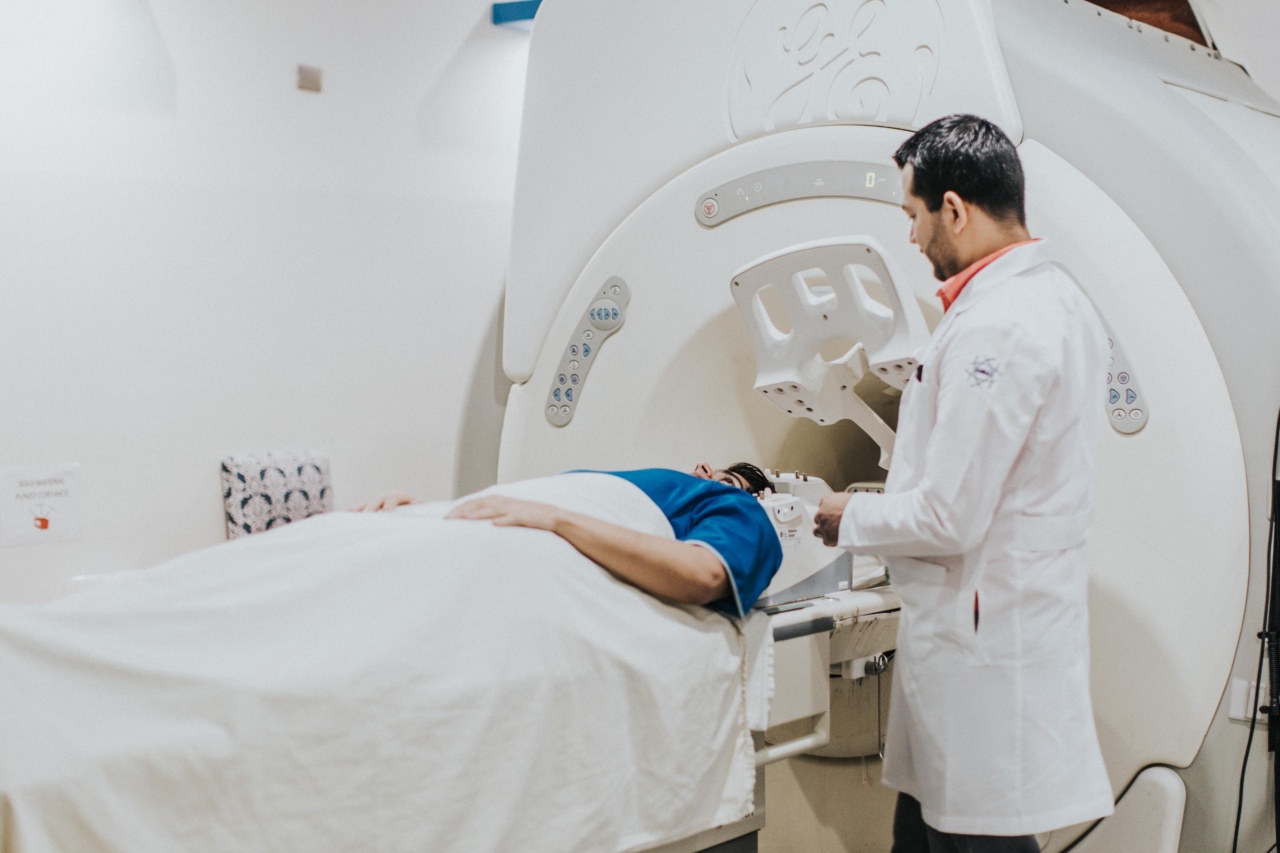Healthcare is a fundamental service that all individuals are entitled to, regardless of their background, financial status, or medical history.
However, healthcare providers and governments face significant challenges in ensuring that patients receive the care they need while also managing the costs associated with providing care.
One of the most significant challenges facing the healthcare industry is the rise in the prevalence of disorders and dysfunctions.
Disorders and dysfunctions can impact an individual’s quality of life, their ability to work and socialize, and create significant financial and emotional burdens.
In this article, we will explore the various disorders and dysfunctions that individuals experience and examine the healthcare agreement that governs the provision of care.
We will also examine the impact of disorders and dysfunctions on patients and the healthcare system from a financial and social perspective.
What are Disorders and Dysfunctions?
Disorders and dysfunctions are any physical or mental conditions that impact an individual’s ability to function normally. These conditions can be genetic, developmental, or acquired through an illness or injury.
Examples of disorders and dysfunctions include:.
- Depression and anxiety disorders
- Autism and developmental disorders
- Eating disorders, such as anorexia and bulimia
- Attention Deficit Hyperactivity Disorder (ADHD)
- Sleep disorders, such as insomnia or restless leg syndrome
- Chronic pain and autoimmune disorders, such as arthritis and fibromyalgia
- Cancer and other life-threatening illnesses
These are just a few examples of the many disorders and dysfunctions that individuals experience. The impact of these conditions on individuals and the healthcare system can be significant and far-reaching.
The Healthcare Agreement
The healthcare agreement is the contract that governs the provision of care between healthcare providers, patients, and the government.
This agreement outlines the responsibilities of all parties involved in providing care and outlines the terms and conditions of reimbursement for services rendered.
The healthcare agreement exists because providing care is expensive, and individuals often cannot afford the full cost of care on their own.
The agreement outlines the payment structure for care services, including how much of the cost is covered by the government, how much is covered by insurance providers and how much responsibility lies with the patient.
The healthcare agreement is designed to ensure that individuals receive the care they need, regardless of their financial status.
It also helps to mitigate the cost of care by spreading the cost between the government, insurance providers, and patients.
The Impact of Disorders and Dysfunctions on Patients and the Healthcare System
The impact of disorders and dysfunctions on patients and the healthcare system can be significant.
From a patient’s perspective, disorders and dysfunctions can impact their ability to work and socialize, create financial burdens, and impact their overall quality of life.
From a healthcare perspective, disorders and dysfunctions create a significant burden on the system. The cost of providing care for individuals with disorders and dysfunctions is high, and the demand for care continues to increase.
This demand can place a strain on healthcare resources and create challenges in meeting patients’ needs.
Additionally, disorders and dysfunctions can also create challenges in managing the healthcare agreement.
Insurance providers may be reluctant to cover the cost of care for individuals with certain disorders or dysfunctions, leading to disputes between providers and patients. Governments may also struggle to meet the demand for care and manage the cost of providing care for individuals with disorders and dysfunctions, leading to policy changes and budget constraints.
Addressing the Impact of Disorders and Dysfunctions on Patients and the Healthcare System
Addressing the impact of disorders and dysfunctions on patients and the healthcare system requires a multi-faceted approach that involves patients, healthcare providers, governments, and insurance providers.
For patients, addressing the impact of disorders and dysfunctions may involve seeking treatment early, adopting healthy lifestyle habits, and working with healthcare providers to manage their condition.
Patients can also play an active role in advocating for their right to access care and working with insurance providers and the government to ensure that they receive the care they need.
Healthcare providers can also play a significant role in addressing the impact of disorders and dysfunctions on the healthcare system. Providers can work to develop new treatment methods and technologies that are more efficient and cost-effective.
They can also work to educate patients on the importance of preventative care and healthy lifestyle habits, which can help to mitigate the impact of disorders and dysfunctions.
Governments and insurance providers also play a critical role in addressing the impact of disorders and dysfunctions.
Governments can work to develop policies that promote access to care and support innovative research into new treatments and technologies. Insurance providers can work to ensure that coverage is available for individuals with all types of disorders and dysfunctions, and that coverage is provided at a reasonable cost.
The Importance of Collaboration
The impact of disorders and dysfunctions on patients and the healthcare system is significant. Addressing these challenges requires collaboration between patients, providers, governments, and insurance providers.
Each group has a role to play in shaping policies and practices that promote access to care, support innovative treatments and technologies, and promote healthy lifestyles and preventative care.
By working together, patients, providers, governments, and insurance providers can help to mitigate the impact of disorders and dysfunctions on the healthcare system and ensure that all individuals have access to the care they need.
Conclusion
Disorders and dysfunctions are a significant challenge facing the healthcare system. These conditions impact patients’ quality of life, create financial burdens, and place pressure on healthcare resources and providers.
Addressing the impact of disorders and dysfunctions requires a collaborative effort between patients, providers, governments, and insurance providers. By working together, we can ensure that all individuals have access to the care they need to manage their conditions and live healthy, fulfilling lives.





























